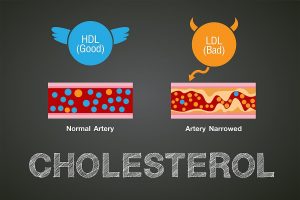
The updated COVID-19 vaccine boosters intended to defend people against emerging Omicron variants don’t appear to provide any better protection than the original shot does, two new studies find. The new mRNA bivalent boosters produced by Moderna and Pfizer only attack the COVID-19 virus about as well as the companies’ first-wave vaccines, according to a blood testing study led by renowned virologist Dr. David Ho, a professor of microbiology and immunology at Columbia University, in New York City. The bivalent shots also failed to promote higher antibody levels or a better immune response than the original COVID-19 vaccines, according to another study led by Dr. Dan Barouch, director of the Center for Virology and Vaccine Research at Beth Israel Deaconess Medical Center, in Boston. Both studies were published online Jan. 11 in the New England Journal of Medicine. Together, the two studies “suggest that with this rapidly evolving virus, vaccines developed for different strains are not going to add a huge difference in terms of protection,” said Dr. Greg Poland, director of the Mayo Clinic’s Vaccine Research Group. It appears that human immune systems “imprint” after exposure to the first mRNA COVID vaccines, experts say. They are primed to respond to aspects of the original COVID-19 strain that are shared by all the variants, rather than the novel mutations sported by newer variants. “It may… read on > read on >
























-300x200.jpg)













